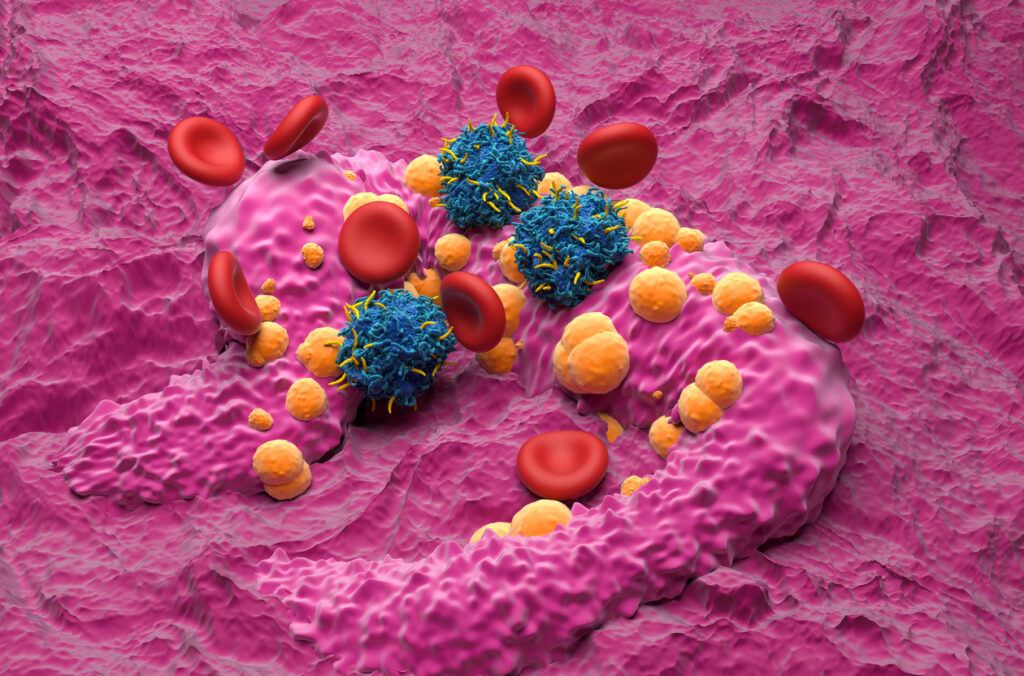Talimogene laherparepvec (TVEC) may reduce the size of basal cell carcinomas, improving surgical removal and potentially leading to complete regression of the tumour, according to research published in Nature Cancer.
TVEC is a genetically modified herpes simplex virus that specifically destroys tumour cells and simultaneously activates the immune system. TVEC has only been approved for the treatment of superficial melanoma metastases.
The study included 18 patients who would have required a flap or skin graft due to the size and localization of their basal cell carcinoma. They each received six intralesional injections of TVEC over a period of 13 weeks before the tumour was surgically removed.
“This enabled the tumour to be reduced in size in half of the patients to such an extent that surgery with direct wound closure was possible. In a third of the cases, the subsequent histological examination even showed no more living tumour cells. All treated tumours at least became smaller, and no tumour grew further under the therapy. The treatment was well tolerated by the patients,” says the principal investigator Christoph Höller, Head of the Skin Tumour Centre at the Department of Dermatology at the Medical University of Vienna
in Vienna, Austria, in a news release.
“The new treatment option for basal cell carcinoma can not only simplify surgery, but also help to avoid disfiguring operations and functional limitations,” adds first author Julia Ressler, also from the Department of Dermatology. In addition to the clinical studies, the researchers from the Department of Dermatology, in cooperation with the St. Anna Children’s Hospital, carried out comprehensive analyses that show that the immune defense in the tumour tissue is strengthened in the course of therapy with TVEC.
These results suggest that TVEC could be a promising option for the neoadjuvant treatment of basal cell carcinoma, particularly in patients for whom major surgery should be avoided. Further studies are to follow to confirm the benefits of this new option in a larger patient population.


